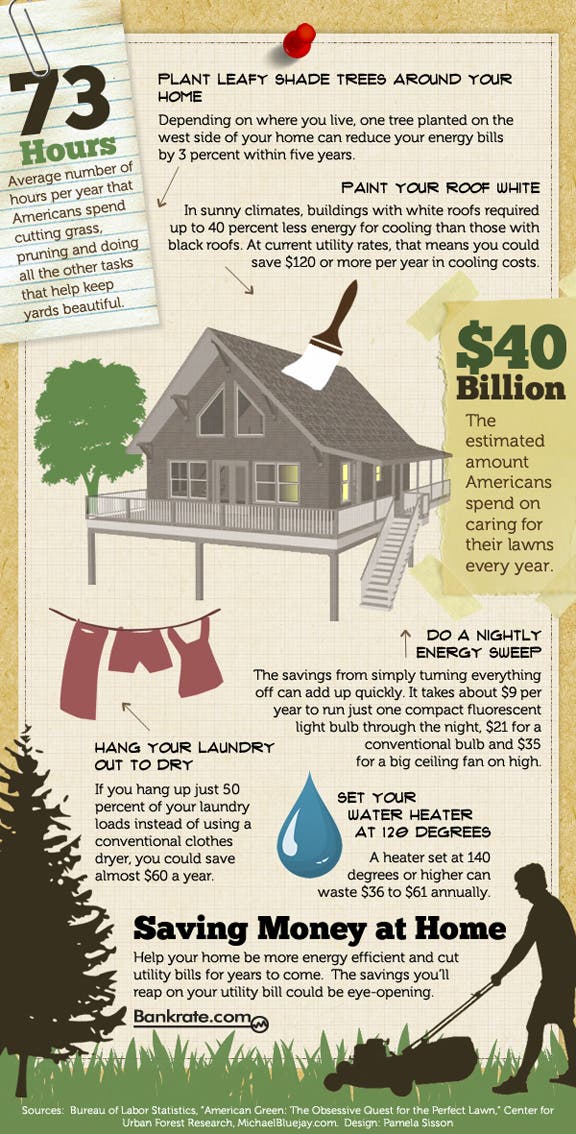Indicators It's Time For Tree Removal: Exactly How To Recognize Unsafe Trees
Indicators It's Time For Tree Removal: Exactly How To Recognize Unsafe Trees
Blog Article
Created By-Velling Connell
When it comes to tree treatment, recognizing the indications that it's time for elimination is vital for your safety and security and residential property. You could observe blemished leaves, wilting branches, or odd fungal developments suggesting health issue. https://can-tree-root-damage-foun94949.bloggip.com/35358818/before-participating-in-tree-elimination-discover-crucial-security-advice-and-strategies-that-can-help-avoid-mishaps-and-ensure-a-successful-outcome-your-safety-and-security-is-important , like a considerable lean or fractures in the trunk, can additionally posture dangers. Understanding these indication can aid you make educated choices concerning your trees and protect against prospective risks hiding in your yard. What should you search for following?
Signs of Degeneration and Condition
When you discover signs of degeneration and illness in your trees, it's essential to act promptly. Search for blemished fallen leaves, wilting branches, or unusual growths like fungi. These can indicate that your tree is struggling.
If you see splits in the bark or soft, mushy timber, these signs suggest interior decay. In addition, a sudden increase in insects around your tree can signal that it's deteriorated and susceptible.
Look for any type of dead or dying limbs, as they position a threat to your residential or commercial property and safety. If you doubt regarding what you see, consulting an arborist can give clearness.
Addressing these indications early can save you from extra substantial damages and make certain the health of your yard. Do not wait up until it's far too late.
Structural Instability and Leaning
As you observe your trees, watch out for any indications of architectural instability or leaning. If visit the following web page leans considerably, it may indicate that the origin system is compromised.
Try to find any fractures in the trunk or dirt around the base; these can indicate potential failure. Additionally, look for uncommon growth patterns, like an unbalanced crown, which may suggest that the tree is battling to hold itself upright.
If you notice that the tree favors your home, high-voltage line, or various other structures, it positions a higher risk. Do not ignore these indicators-- seek advice from an arborist to assess the situation.
Acting early can prevent expensive damage and guarantee your safety.
Dead or Dying Branches and Vegetation
If you notice dead or dying branches and foliage on your tree, it's a clear indicator that something's incorrect.
These undesirable locations can suggest underlying problems like condition, pest problems, or ecological anxiety. When branches shed their fallen leaves or turn brownish, they're no longer adding to the tree's health. Neglecting these indications might cause more decline, making your tree extra harmful.
Dead branches can quickly break short during tornados, positioning a danger to building and individuals nearby. It's vital to evaluate the degree of the damage.
If the issue influences a significant part of the tree, think about getting in touch with an expert. They can aid establish if elimination is necessary to make certain security and maintain the elegance of your landscape.
Conclusion
If you notice any indications of decay, structural instability, or dead branches on your trees, do not disregard them. These indications can posture severe security risks to you and your residential or commercial property. It's always best to seek advice from a specialist arborist who can offer a professional evaluation of your trees. Taking action early can stop mishaps and expensive damage, guaranteeing your landscape remains secure and healthy. Bear in mind, it's far better to be proactive about tree treatment than to wait on a catastrophe to happen.
